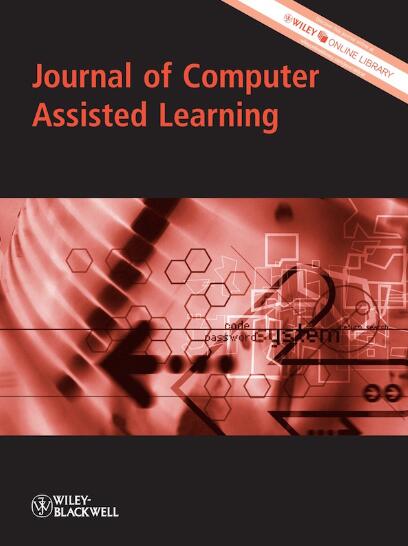Concept Maps as a Content and Language Integrated Learning Facilitator in Digital Gaming Contexts: Triangulated Evidence From Students' Learning Achievements, Perceptions and Behavioural Patterns
Abstract
Background
While both Content and Language Integrated Learning (CLIL) and Digital Game-Based Learning (DGBL) are widely recognised as effective methods to enhance bilingual education, their combination often leads to cognitive overload and fragmented learning experiences. In Taiwan's bilingual education context, where integrating English into subject teaching is a national priority, finding effective instructional models remains a critical issue. To address this, the present study introduces the Concept Map-Facilitated Content and Language Integrated Digital Gaming (CM-CLDG) model, aiming to enhance bilingual science learning for elementary students by embedding concept mapping into a digital role-playing game.
Objective
Although DGBL has demonstrated potential to increase motivation and engagement, prior studies suggest that without structured guidance, learning outcomes may vary. The CM-CLDG model was designed to scaffold knowledge construction and reduce cognitive overload by integrating concept maps directly into the gaming tasks. This study aims to evaluate the effects of the CM-CLDG approach on students' English and science learning achievements, motivation, flow experience, anxiety and behavioural patterns.
Method
A quasi-experimental design was adopted with 78 sixth-grade students from an elementary school in central Taiwan. Participants were divided into the CM-CLDG group and the conventional CLIL gaming (C-CLDG) group. Pre- and posttests, questionnaires, behavioural log analyses and interviews were conducted to collect triangulated data. Learning behaviours were examined using sequential analysis via GSEQ.
Results and Conclusions
The CM-CLDG group significantly outperformed the C-CLDG group in both English and science achievements. Although no significant differences were found in motivation or anxiety, the C-CLDG group experienced greater flow. Behavioural analysis revealed that the CM-CLDG group exhibited more reflective, structured and strategic learning patterns. Interview findings supported these results, highlighting better memory retention and self-directed learning in the CM-CLDG group. These findings confirm that concept maps, when embedded in digital gameplay, can enhance bilingual learning outcomes and support more effective learning behaviours in CLIL-based educational games.


 求助内容:
求助内容: 应助结果提醒方式:
应助结果提醒方式:


